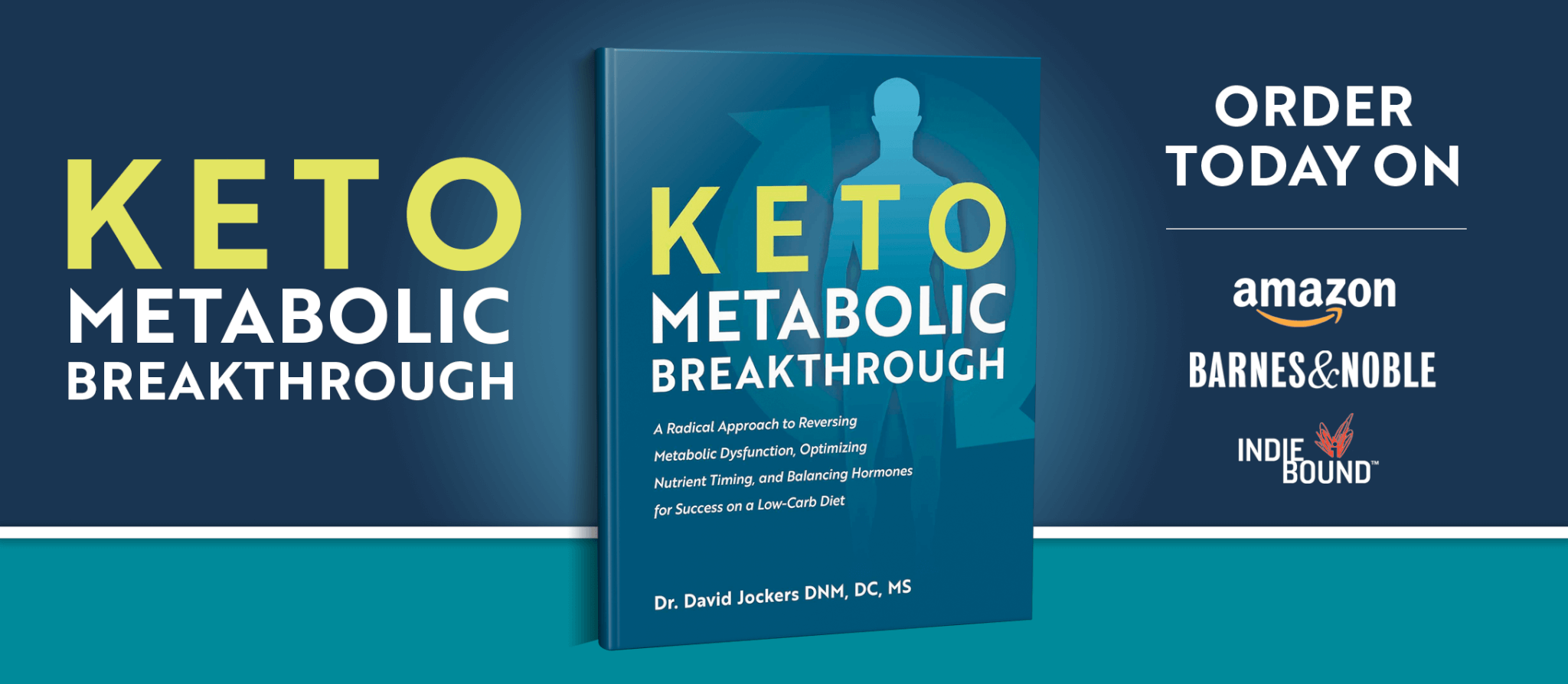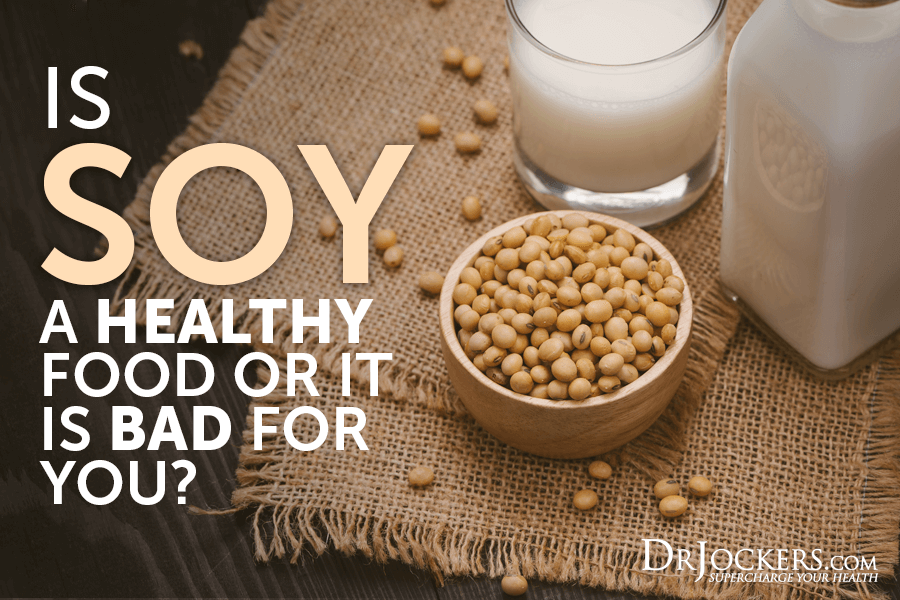 Is Soy a Healthy Food or It is Bad for You?
Is Soy a Healthy Food or It is Bad for You?
Soy is one of the most controversial foods out there. Some claim that it’s a healthy food and enjoy it as a plant-based protein alternative. Others believe that it’s bad and should be avoided at all costs.
I used to think that soy was bad under all circumstances. But after reviewing all the existing scientific literature on soy consumption and its effect, I realized that soy may offer some health benefits. Some people may benefit from adding certain types of soy to their diet.
In this article, you will learn what soy is. I will go over the types of soy products. You will learn the difference between conventional and organic soy. I will go over the potential benefits of soy products and possible problems with soy consumption. I will offer my best tips on how to consume soy safely.
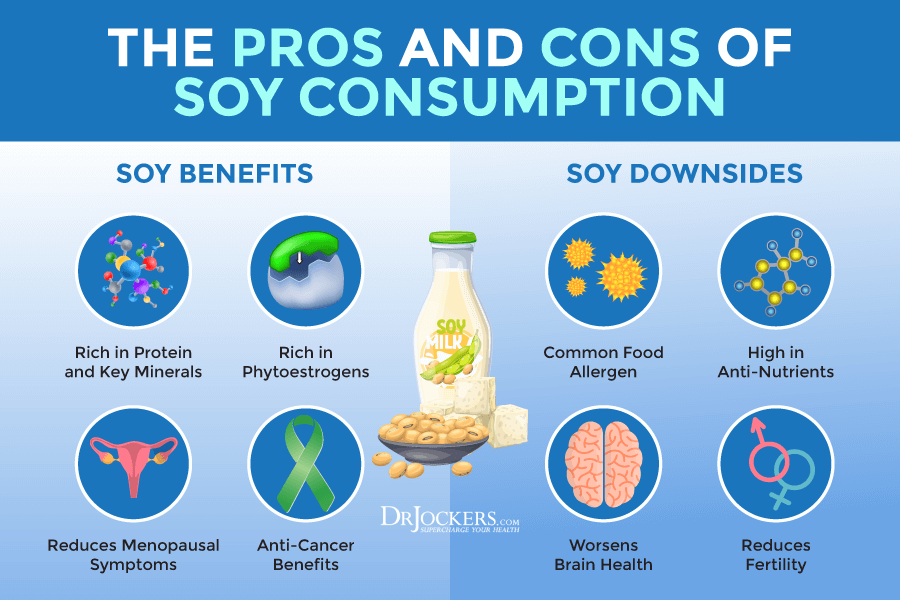
What is Soy
From soy sauce to soy milk, soy is everywhere. But what is soy anyway? Soy or soybean is a legume that is native to East Asia.
Today, it is grown and cultivated all around the world, including in the United States. Soybeans are edible legumes, however, they are commonly used to create all kinds of soy-based food products, including dairy and meat alternatives, pastes, sauces, oils, and processed foods.
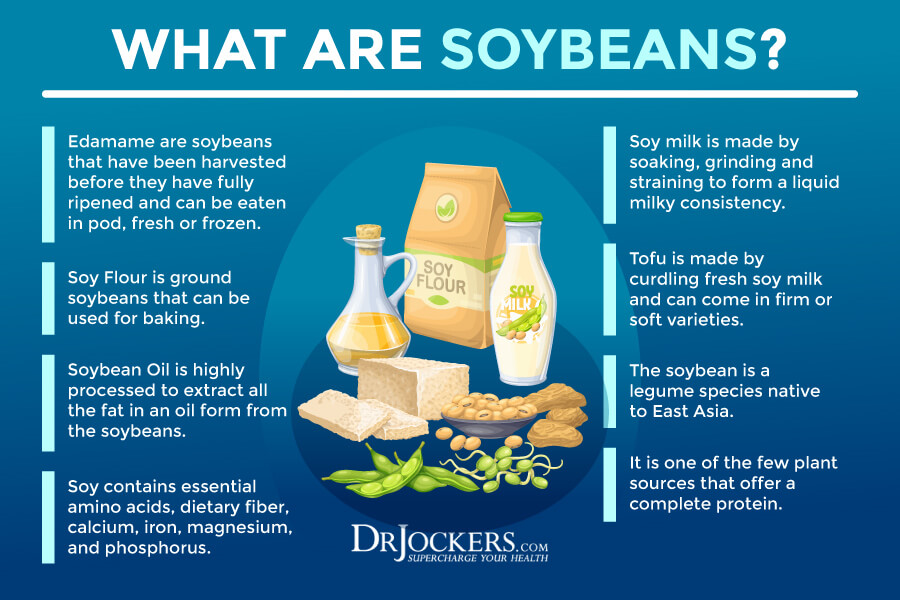
Types of Soy Products
There are a variety of soy products that you can find at grocery stores and restaurants, including:
- Edamame: Edamame are soybeans harvested when they are still green and sweet beans. They need to be cooked for 15 to 20 minutes in boiling lightly salted water before serving as a main vegetable or snack.
- Whole soybeans: Mature soybeans are usually yellow, but can be brown or black. They are a great source of protein and work well in stews, sauces, or soups. You can also roast them as a snack.
- Soy nuts: Roasted soy nuts can come in a variety of flavors and can offer a great snack or topping for a salad. They are whole soybeans that have been soaked and baked brown.
- Soymilk: Soymilk is a popular plant-based milk alternative that uses soaked, ground fine, and strained soybeans to create a milk-like fluid. Since many soymilk products on the market include additives, like added sugar or flavoring, you need to read your labels carefully.
- Miso: Miso is popular in Japanese cooking. It is a salty soy paste used for miso soup, sauces, marinades, and dressing. Miso is tasty, but it’s relatively low in protein and high in sodium.
- Soy sauce: Soy sauce is a popular sauce in Asian dishes. It is made from fermented soybeans. There are three types of soy sauce: tamari, shoyu, and teriyaki. Tamari is created from soybeans. It’s also a miso by-product. Shoyu is a blend of soybeans and wheat. Teriyaki sauce is soy sauce mixed with vinegar, sugar, and spices.
- Tempeh: Tempeh is a great meat alternative and protein source. It’s made from soybeans and sometimes rice, millet, or other grains as well. It is fermented and sold in a cake or bar form. Tempeh can be sliced, grilled, baked, marinated, and added to soups, chili, casseroles, and vegetable dishes.
- Textured soy protein (TSP): TSP is made from textured soy flour which contains 70 percent protein. You may find it in the form of textured vegetable protein (TVP). It is chewy and chunky and works well as a meat replacement, especially for ground meat in tacos, sloppy joe’s, spaghetti bolognese, Shepherd’s pie, chili, and other vegetarian dishes.
- Tofu: Tofu, or soybean curd, is a soft and smooth soy product that’s created by curdling fresh, hot soymilk. While it doesn’t have much of a taste, it can easily absorb any spices, sauces, marinades, or other flavorful ingredients. Tofu is sold in two forms: water-packed and silken tofu. They both come in extra firm, firm, and soft varieties.
- Meat alternatives: A lot of vegan and vegetarian meat alternatives, including burgers, hot dogs, sausages, and bacon are made from soy protein or tofu. While they are high in protein, iron, and B vitamins, some of them are highly processed and should be only consumed occasionally. If you are looking for a vegetarian meat alternative, it is much better to use tempeh or create your own homemade version to avoid processing and additives.
- Dairy alternatives: Many alternatives for dairy products, including cheese, cream cheese, yogurt, sour cream, and ice cream are made from soy products. These products are usually highly processed and high in sugar. However, you may find some recipes online to create your own healthier soy-based dairy alternatives instead of packaged products.
- Soybean oil: Soybean oil is a highly processed refined vegetable oil that is often used for deep-fried foods, junk foods, and processed foods. It may be cheap, but it is also highly inflammatory. I will touch on this later, but you should avoid using soybean oil and other refined oils.
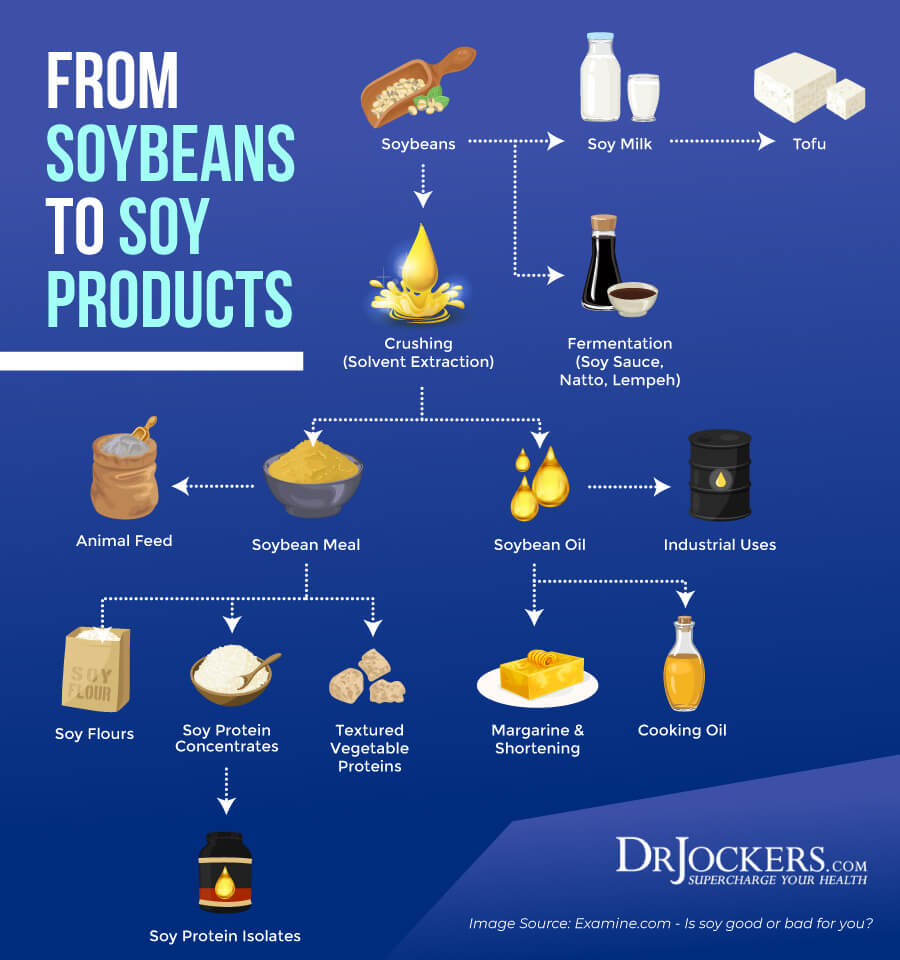
Organic vs Conventional Soy
When it comes to soy, the question is more complex whether soy is good or bad for you. The kind of products you buy matters as well. There is a big difference between organic versus conventional soy.
You are probably not surprised if I say that organic soy is not only better but should be used as our only option. Conventionally grown soy is usually created with genetic engineering technology. According to a 2005 article published in Science and Engineering Ethics, genetically engineered seed biotechnology is used in 80 percent of GMO crops – including in GMO soy – with the sole purpose of pesticide resistance (1).
What does this mean? This technology allows farmers to spray pesticides and herbicides directly on GMO soybeans. These pesticides and herbicides will kill weed and pests, but allow the soybeans to grow without harm. Farmers will end up with more crops and GMO soy companies will make more sales and money.
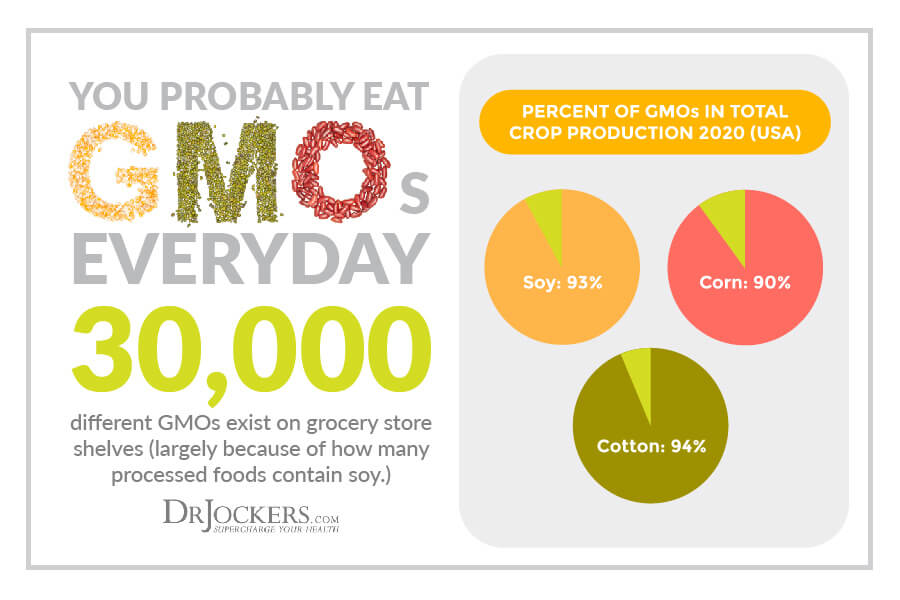
While these may sound great at first, it is actually frightening if you think about it. Growing GMO soy treated with all these chemicals means that your soy products on the shelves will be full of pesticide and herbicide residue harming your health. According to a 2014 study published in Food Chemistry, the pesticide and herbicide residue found in these GMO soybeans was often higher than their vitamin and nutrient content (2).
This is already problematic. But going beyond these problems with pesticide and herbicide use, GMO itself is not good for you. According to a 2009 study published in Critical Reviews in Food Science and Nutrition, GMO products can increase the risk of a variety of health issues, including toxicity, renal, pancreatic, and reproductive problems, and cancers (3).
Organically grown or organic soybeans, on the other hand, are created without GMO technology. Farmers don’t use toxic pesticides, herbicides, and other chemicals when growing them. It will be as nature intended with the highest nutrient content possible. Organic soy is the safest and most nutritious option when it comes to soy and soy-based products.
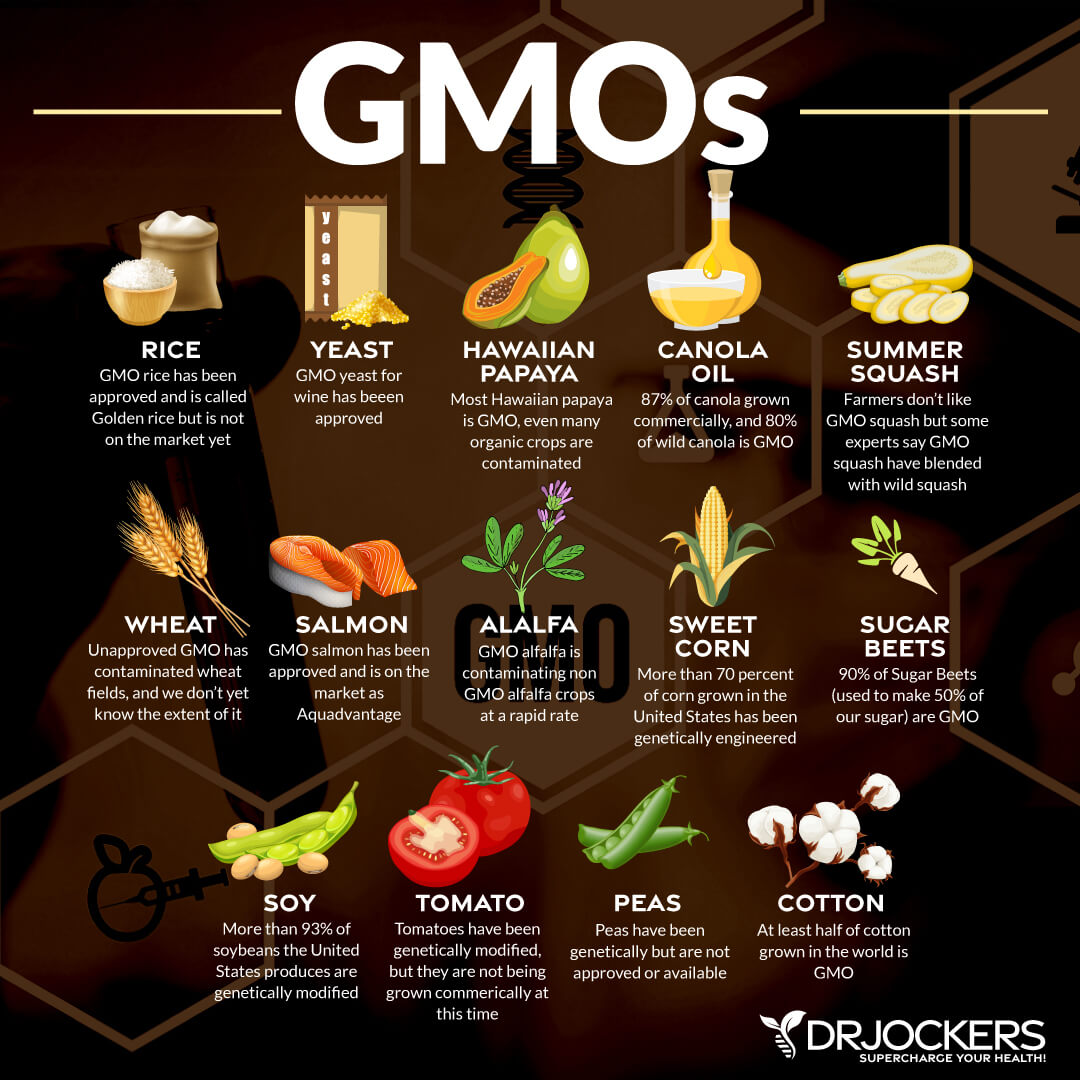
Benefits of Soy Products
Soy products are some of the most controversial food choices out there. But the issue is not so black and white. Soy products offer some health benefits but also pose some health risks. First, let’s look at the health benefits of soy products:
Key Nutrients
Soy offers some key nutrients. One cup of cooked soybeans has 31.1 grams of protein, 27.5 grams of protein, 14.4 grams of carbohydrates, and 10.4 grams of fiber (4). They are high in molybdenum, an essential trace element. They are also high in various important vitamins and minerals, including vitamin K1, folate, copper, manganese, phosphorus, and thiamine. Soybeans are also a good source of isoflavones, which are important antioxidant polyphenols (5). They contain saponins that may help to reduce cholesterol (6).
Soy also contains a type of plant estrogens, called phytoestrogens. Phytoestrogens act similarly to estrogen found in humans but are weaker. The most well studied phytoestrogen found in soy is called genistein.
In many people, phytoestrogens can become a serious problem and lead to hormonal imbalance. However, in post-menopausal women, it will act like estrogen and can be beneficial. According to a 2014 study published in GSM German Medical Science, phytoestrogen can help with hormone deficiency during menopause (6). The effects of phytoestrogen may depend on your body, hormonal health, and overall health. While a high amount of soy in your diet is rarely if ever beneficial, you may benefit from small amounts of it.
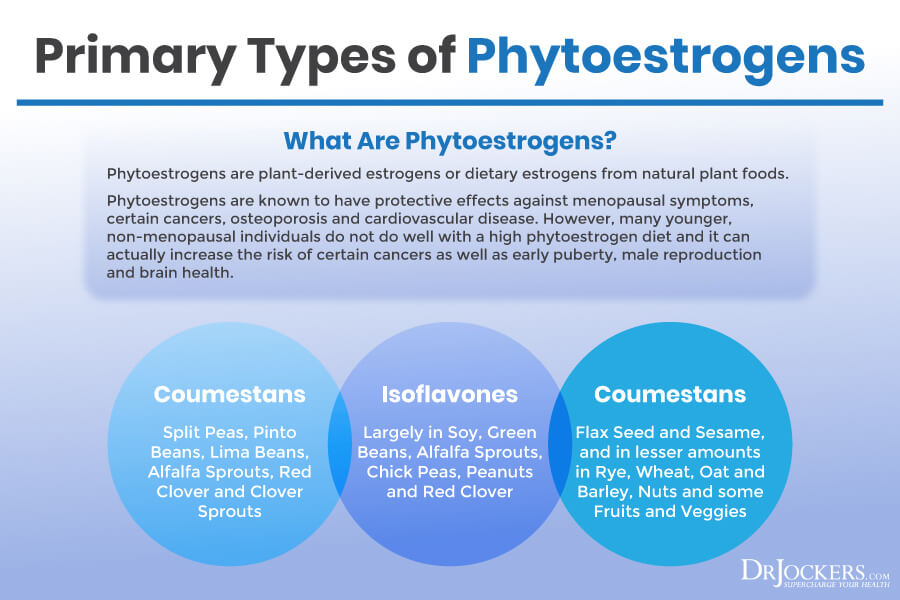
Reduced Cancer Risk
Soy may also help to reduce your risk of cancer. The main cancer protective component are the phytoestrogens such as genistein. Research suggests that it may lower the risk of breast and prostate cancer. A 2002 study published in Carcinogenesis has found that eating soy may reduce the risk of breast cancer (8). A 2018 systematic review and meta-analysis published in Nutrients has found that soy consumption may lower prostate carcinogens in the body (9).
Besides breast and prostate cancer, soy foods may offer a reduced risk for other forms of cancer as well. A 2015 study has found that the isoflavones in soy may lower the risk of colorectal cancer (10). While some studies indicate an association between soy and reduced cancer risk, more research is needed to fully understand its effects and benefits.
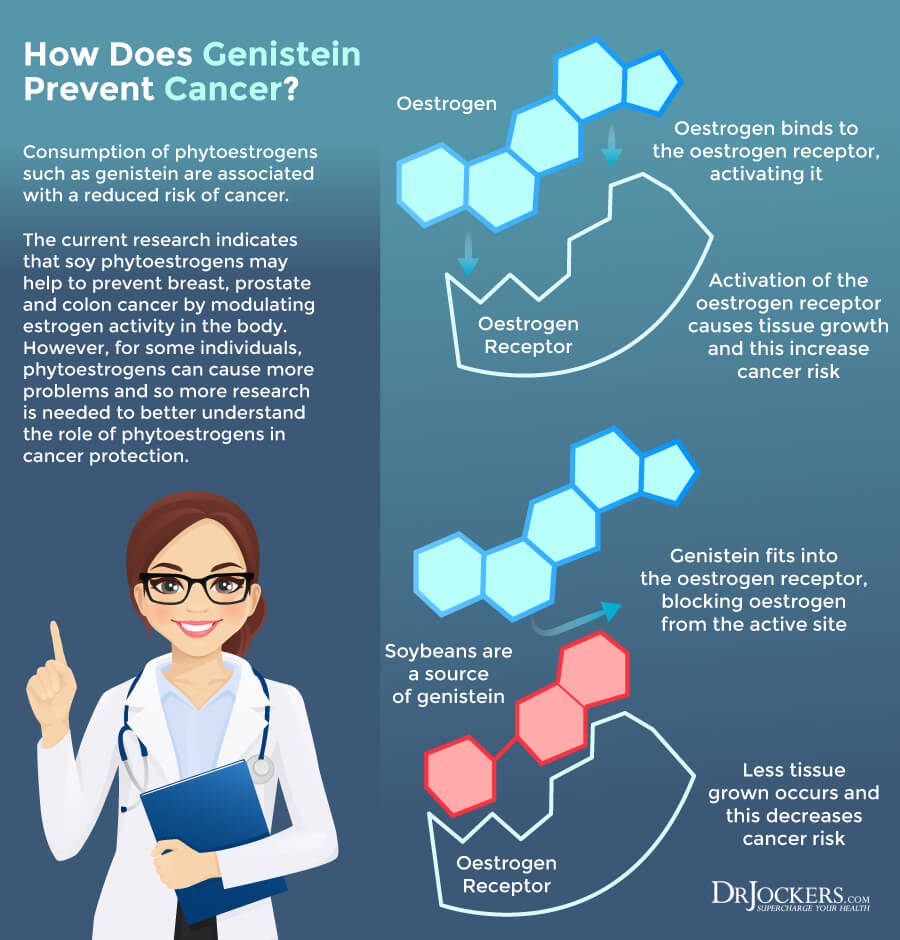
Problems with Soy Consumption
While soy certainly offers some health benefits, there are also some problems with soy consumption that you need to consider before choosing to eat these products. Let’s look at the potential problems with soy consumption.
Common Allergen
Soy is a common allergen. According to a 2010 study published in the Journal of Allergy and Clinical Immunology, about 0.4 percent of children have a soy allergy (11). While the study found that about 50 percent of children outgrow this allergy, this still leaves 0.2 percent with an on-going soy allergy. Others develop a soy allergy as teenagers or adults.
In addition to allergies, even more, people develop a sensitivity of intolerance to soy. Unlike allergies, food sensitivities don’t result in an immediate reaction. Symptoms due to the sensitivity develop over time and usually become chronic. Symptoms may include digestive issues, eczema, acne, headaches, migraines, muscle pains, fatigue, brain fog, or other symptoms.
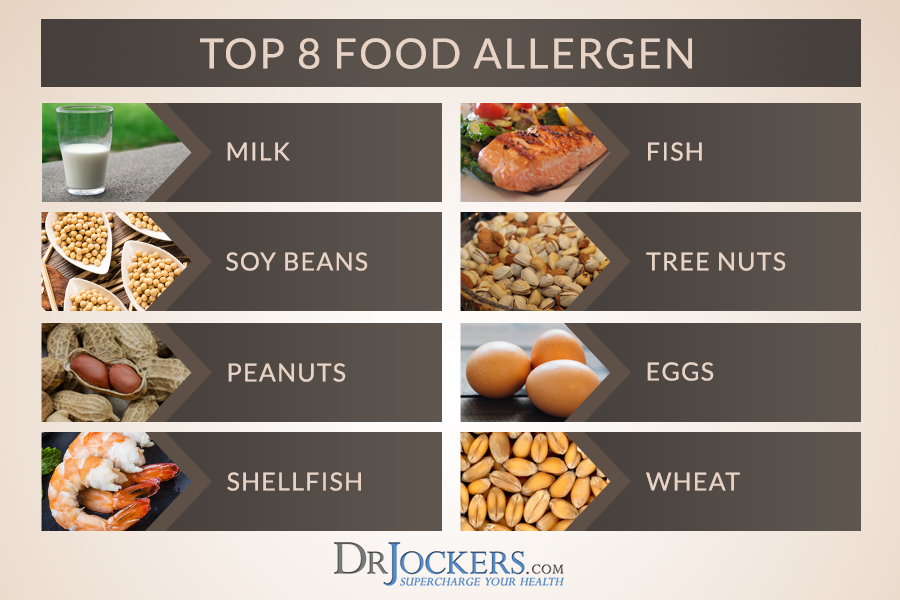
Anti-Nutrients
While soy is rich in a number of important nutrients, it is also high in anti-nutrients. According to a 1994 review published in Critical Reviews in Food Science and Nutrition, soy contains a list of anti-nutrients, including lectins, phytates, goitrogens, tannins, flatus-producing oligosaccharides, saponins, and enzyme inhibitors (12).
These can be really problematic especially for people with compromised digestive health. They can increase the risk of digestive problems, pancreatic hypertrophy and hyperplasia, goiters, thyroid issues, and other hormonal problems. Goitrogens can be particularly problematic for those with existing goiters or thyroid issues.

Brain Health
Soy may also compromise your brain health and cognition. A 2008 study published in NeuroToxicity has found that soy can create irreversible changes in the brain that may contribute to early puberty and increased symptoms of menopause (13). According to the study, phytoestrogens in soy can change the sex-specific organization of the hypothalamus and affect puberty, ovulation, and fertility.
The changes in the brain may also affect your memory and cognition and increase the risk of neurological disorders. A 2015 study published in the Journal of Alzheimer’s Disease has linked tofu consumption to poor cognitive performance in elderly individuals (14). A 2014 study published in Medical Hypothesis has found that unfermented soy consumption may increase the risk of dementia and Alzheimer’s disease (15).
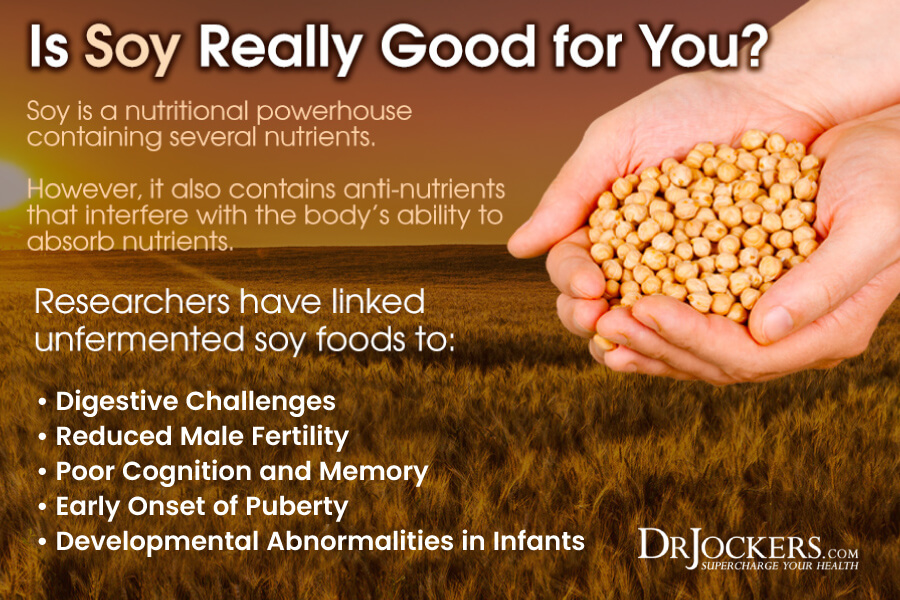
Reduced Fertility
Eating soy may also not be a good idea if you are hoping to conceive or currently pregnant. Soy may reduce fertility and may disrupt the development of a growing baby. A 2008 study published in Human Reproduction has found that soy and isoflavones can reduce semen quality and contribute to male infertility (16). According to a 2010 study published in the Journal of Nutrition, too much soy may also affect ovarian function (17).
A 2014 study published in the International Journal of Women’s Health has found that because of its phytoestrogen content, soy foods can significantly interfere with and reduce female fertility (18). Lastly, it may also affect pregnancy outcomes. According to a 2018 study published in Toxicology Reports, soy consumption may negatively affect the offspring’s immune health (19).
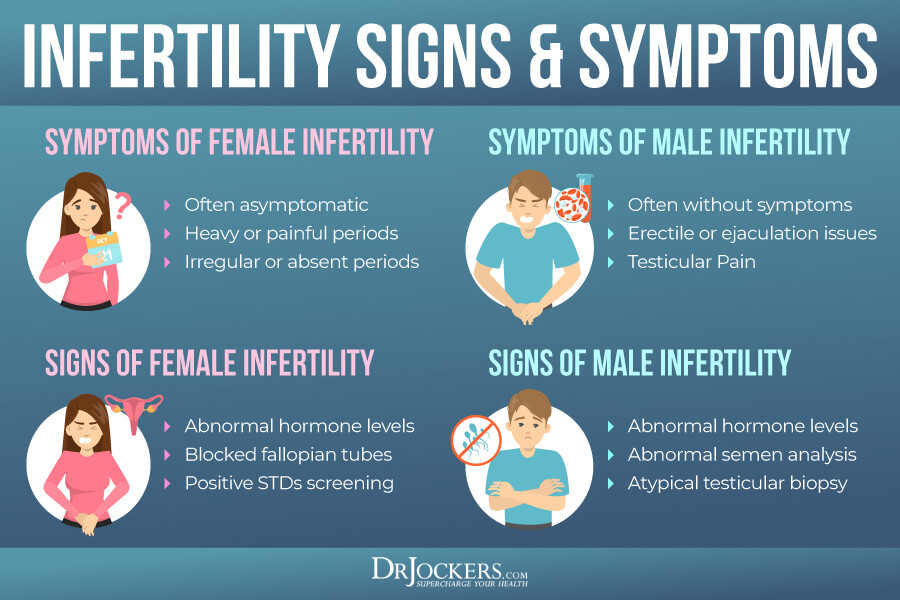
Best Ways to Consume
If you want to incorporate soy into your diet, I have a few recommendations for you. Here are the best ways to consume it:
Always Non-GMO and Organic
Always look for non-GMO and organic soy. As I explained earlier, GMO is a serious problem and GMO soy can increase the risk of a variety of health issues, including toxicity, renal, pancreatic, and reproductive problems, and cancers (3).
GMO soy is also heavily treated with pesticides, herbicides, and other chemicals that can harm your health. Always look for non-GMO and organic options and avoid any soy products do not contain these labels as those are more than likely GMO (1, 2).
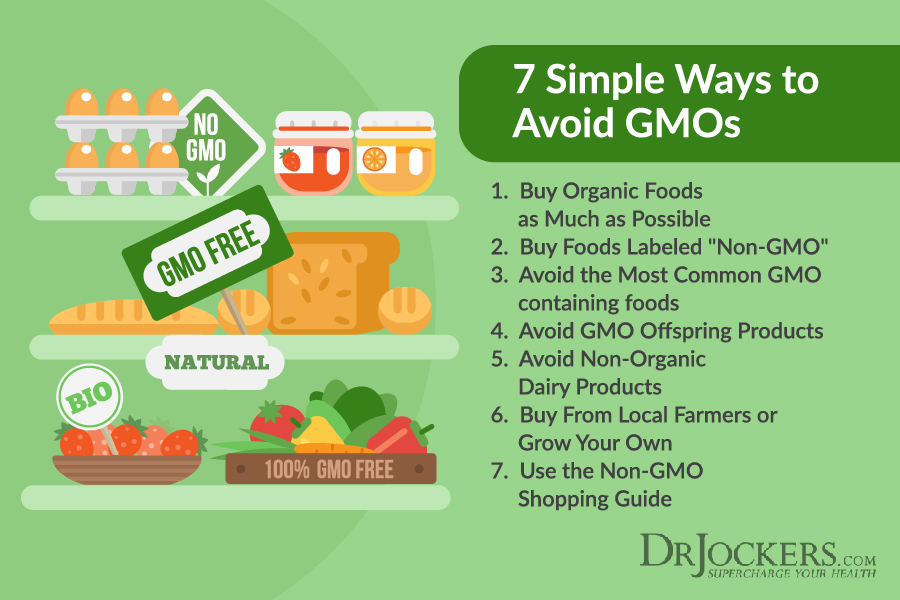
Always Avoid Soybean Oil
No matter what, always avoid soybean oil. Soybean oil is a highly processed refined oil that’s very unhealthy. Soybean oil is high in Omega 6 – linoleic acid, which is inflammatory and increases the risk of inflammation and chronic health issues. Soybean oil accounts for 55% of consumer vegetable oil and is widely used in restaurants, food processing factories and homes all over the world.
According to a 2015 study published in PLoS One, soybean oil can increase obesity, diabetes, liver problems, and kidney issues compared to coconut oil (20). Soybean oil is also highly fragile and easily oxidized, which further increases the risk of inflammation and health problems. Additional reports have linked soybean oil consumption with increased neurological issues such as autism, ADHD, Alzheimer’s disease, dementia and Parkinson’s disease.

No More than 1 – 2 Servings Daily
The research is inconclusive on whether soy is a bad food or not. While it seems to offer some benefits, it also has some harmful effects. Until we know more, we recommend eating in moderation. Eat no more than 1 to 2 servings of soy daily, if possible even less.
Look for healthier soy options, such as soybeans, tempeh, miso, and natto, instead of highly processed foods that contain soy, like soy ice creams, dairy-free cheeses, or soy-based vegetarian burgers.

Fermented Soy is Best
Choose fermented soy, such as tempeh, miso, and natto. As you’ve learned today, one of the biggest problems with it is the anti-nutrient content (12). According to a 2014 study published in the Journal of Food Science and Technology, fermentation removed anti-nutrients from soy, while preserving or even increasing nutrients (21).
Choosing fermented soy reduces the risk of digestion issues and other possible health problems. Fermented soy is also a rich source of bioavailable nutrients that are easy to absorb. Natto is the world’s richest source of vitamin K2, which helps improve calcium metabolism for heart and bone health.
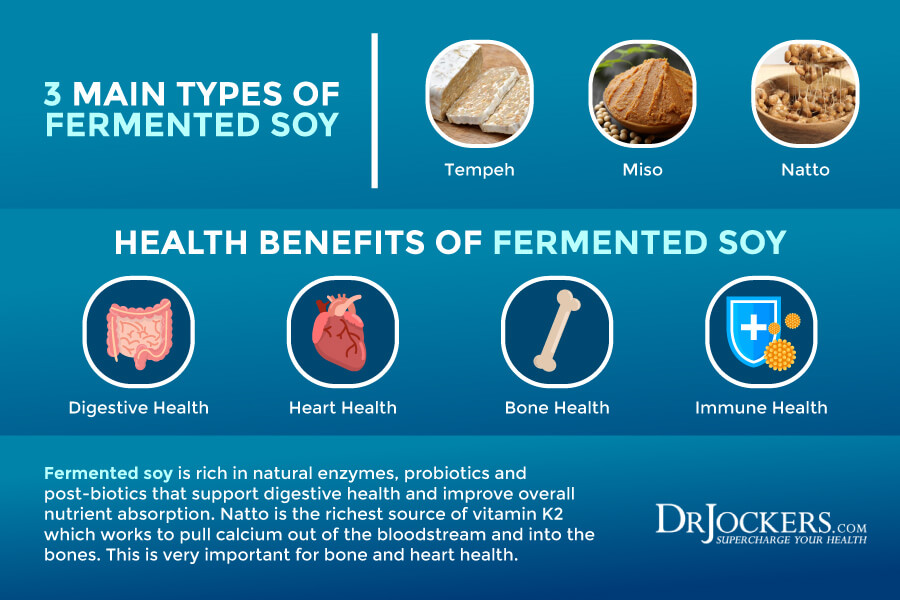
Observe How You Feel
Always pay attention to your body. When you consume soy-based products, observe how you feel. Are you experiencing more fatigue, digestive problems, mood fluctuations, memory problems, sleep issues, loss of libido, irregular menstrual cycles, or other health issues? Or are you feeling good?
If you feel good after consuming it, including several days after eating soy food, you are probably good to go eating it moderately. However, if you are noticing any reactions or symptoms, it is probably better to remove soy from your diet.

Food Alternative – Flax Seeds
To reduce your soy consumption but still experience similar benefits you would from soy, I recommend flax seeds to your diet. Flax seeds are high in omega-3 fatty acids that offer anti-inflammatory benefits. Two tablespoons of flax seeds can also add 3.8 grams of plant protein to your diet.
Just like soy, they also contain phytoestrogens that can be beneficial for menopausal women and for protection from cancer. A 2004 study has found that the phytoestrogens in flax seeds can alter the estrogen metabolism and benefit postmenopausal women even more so than an equal amount of soy does (22).
A 2005 study published in Anticancer Research has found that that flax seeds offer phytoestrogenic benefits that can reduce hormone-related tumors (23). According to a 2018 literature review published in Frontiers in Nutrition, flax seeds can help to reduce breast cancer cell growth and size and trigger cancer cell death (24).
Adding flax seeds to your diet is easy. You can add it to your smoothies, shakes, yogurts, chia pudding, salads, and vegetable dishes. You can add it to your healthy baked and non-baked desserts. If you want to get creative, flax seeds mixed with water is a great egg-replacer for baked goods.
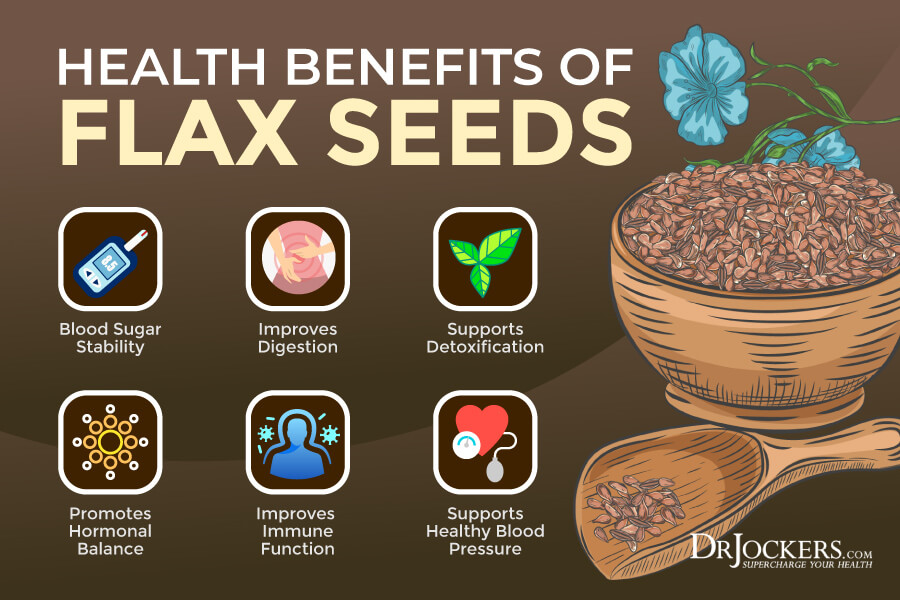
Final Thoughts
I used to think that all forms of unfermented soy were bad. After reviewing all the existing research on soy, now I realize that some people may benefit from it. It appears those with an increased risk of breast, prostate, or colon cancer and the potential anti-cancer benefits of soy, may benefit from some level of soy consumption.
However, it is best to use it in the fermented form to optimize digestion and reduce anti-nutrient levels. Unless you are experiencing symptoms or reactions, you may add some soy to your diet. I recommend that you follow my tips on the best ways to consume soy and pay attention to your body’s messages.
If you enjoy advanced nutrition information you may be interested in my functional medicine, nutritional therapy and recipe book the Keto Metabolic Breakthrough.
